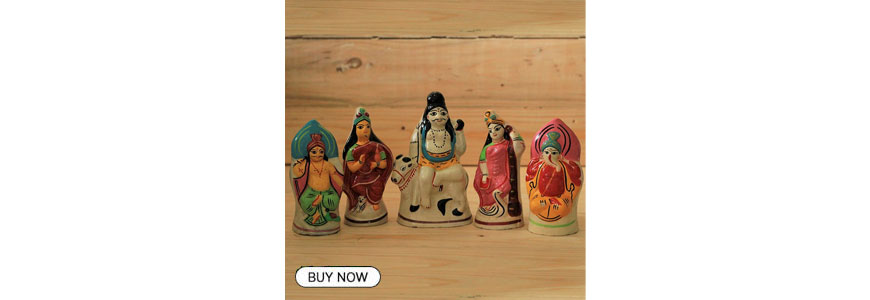Kolkata matchbox collector Srijan De Sarkar depicts history of matchboxes - GetBengal story
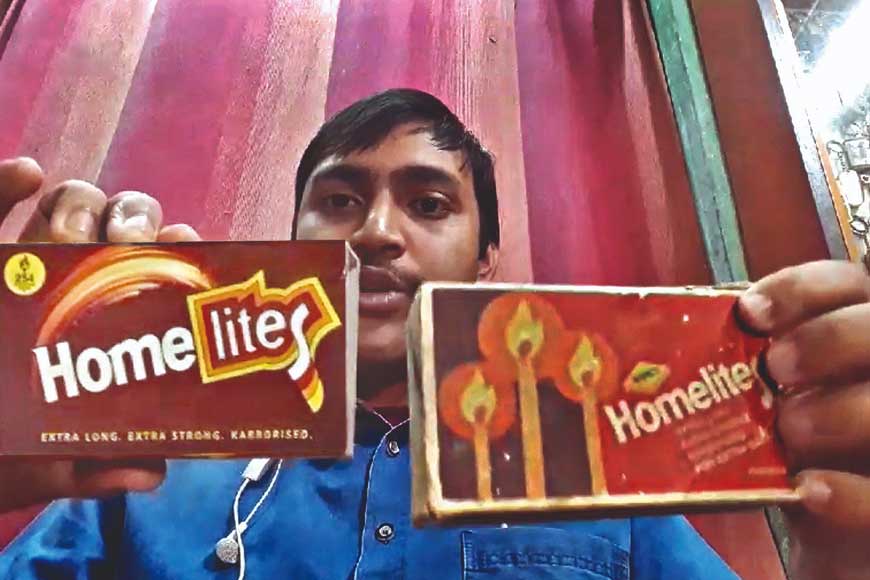
Matchbox collector Srijan De Sarkar
The word ‘phillumeny’ was first used by the British matchbox collector, Marjorie S Evans in the 1930s, but was debated because matchbox collectors have argued that they are not “light lovers” to be precise. Irrespective of what they are called, matchbox collecting as a hobby has spread widely throughout the world. Srijan De Sarkar is a post-grad student from Jadavpur University, Kolkata, who is popular to his pals for being a matchbox collector by hobby. His curiosity regarding matchboxes grew during the school days when he came across a unique matchbox with a portrait of Charlie Chaplin printed on it.
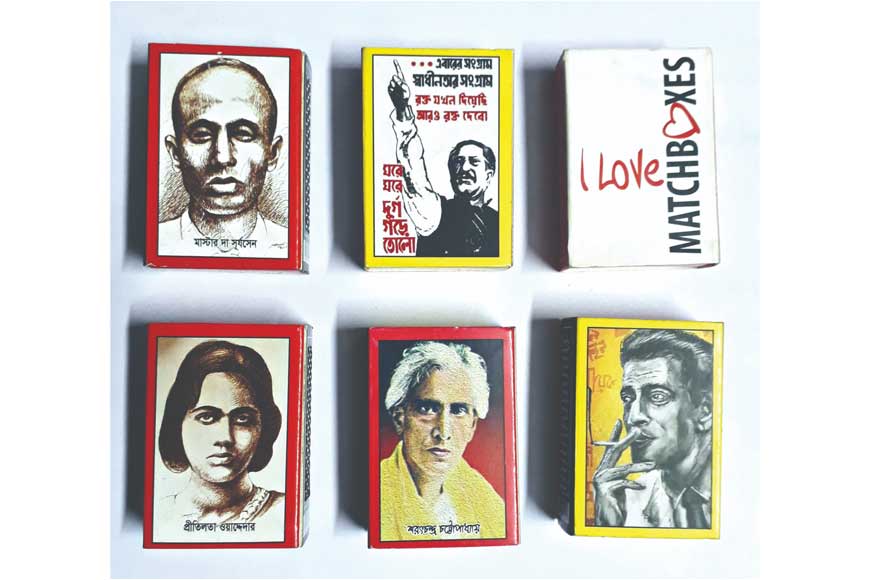
In school, he chose ‘collecting matchboxes’ when asked to write about his favourite childhood hobby. Besides labels, he also collects match sticks of different shapes and sizes, matchbooks, match stickers and match catalogues. It was his father Gopi De Sarkar whose love for matchboxes ignited this remarkable passion in him. Gopi De Sarkar himself is a philluminist and also a member of BMCC. Together the father-son duo has collected over three thousand matchboxes.
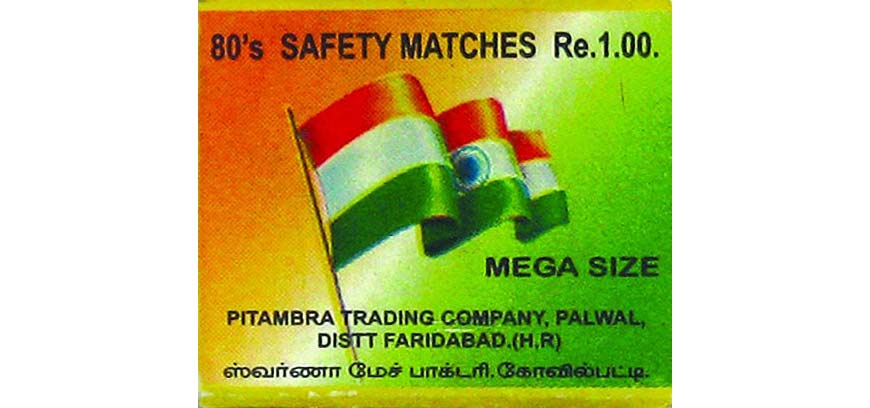
While displaying his collection, Srijan told Getbengal: “The first matchbox of the world was created by applying sulphur to small pieces of pine tree barks. After that, tinderbox came up, which was also known as the patch box. It was a container made of wood or metal containing flint, fire steel, and tinder, used together to kindle fire. A tinderbox may also contain sulphur-tipped matches.”
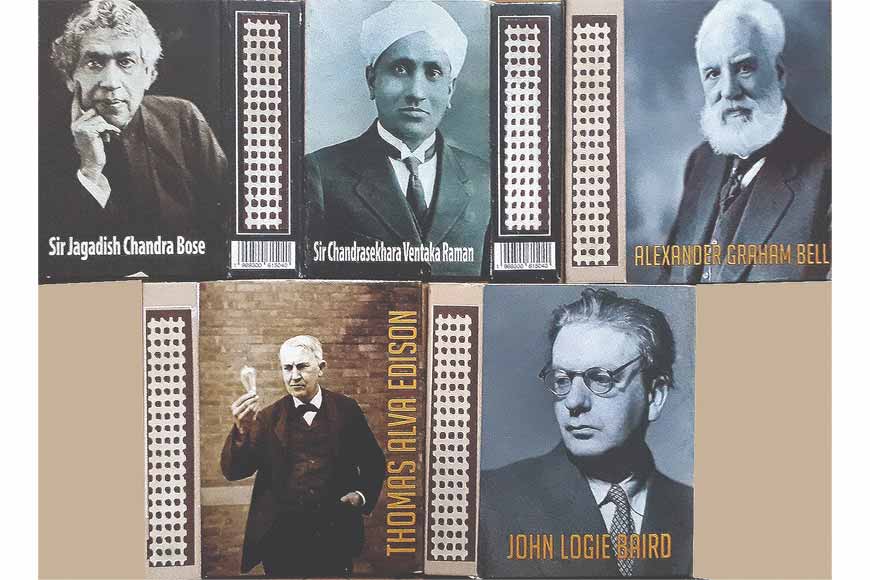
However, tinderboxes fell out of general usage when friction matches were invented. John Walker was the first one to invent friction matches. At the tip of a stick he put antimony sulfide, potassium chlorate, and a little bit of glue and starch. After the stick was dried, friction on any surface could ignite it. There was a time, when white phosphorus was used on match sticks, but they proved to be dangerous for people and thus discontinued. In 1855, Sweden’s Johan Edvard Lundström started using red phosphorus in match sticks. In 1910, Diamond Match Company introduced safety matches in the markets of the United States. William Howard Taft, the then-president of the US, introduced the safety matches to the world.
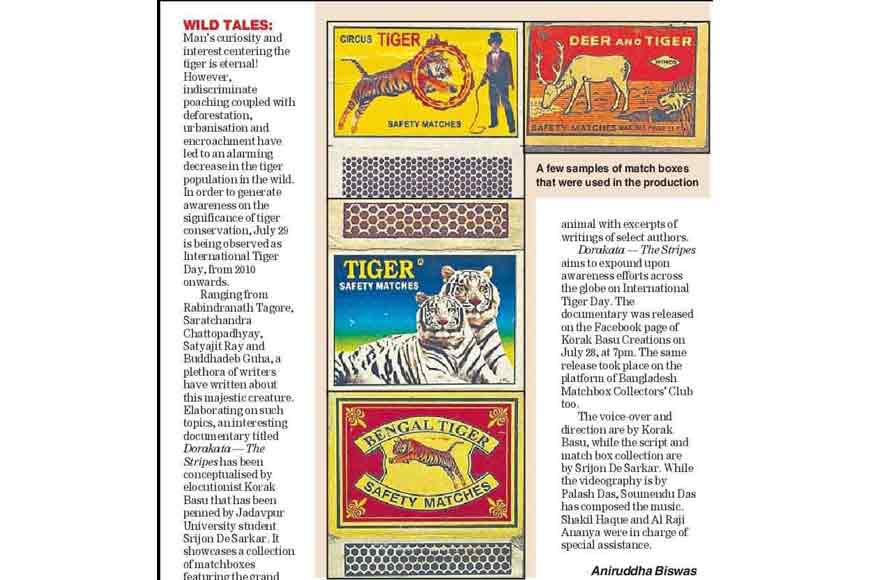
“Around the 1880s, match boxes were imported from Austria, Britain and Sweden. In 1920, the first factory of match boxes was established in India by the Sweden Match Company, WIMCO (Western India Match Company). The use of match boxes increased manifold. Soon, many national symbols, pictures and slogans were printed on match boxes, such as the picture of Mahatma Gandhi, the National Flag, slogans written in local language etc, but the British banned such activities. Match boxes became a tool of freedom of speech and expression, a tool through which the masses got information and ignited nationalistic sentiments,” Srijan said.
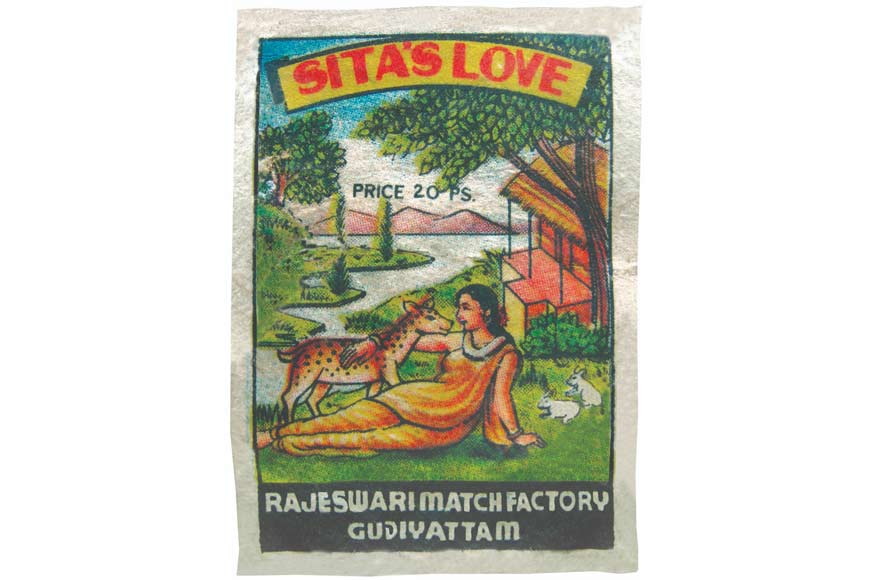
“This is why the history of match boxes is crucial to understand the series of events that have occurred. A matchbox is a symbol of an epoch, each and every incident found a place on the match boxes. Other than political contexts, matchboxes also had pictures of nature, animals, fruits, flowers, digits, places, gods and goddesses, tools, precautions and many more such things. The labels of matchboxes tell many tales,” he added.
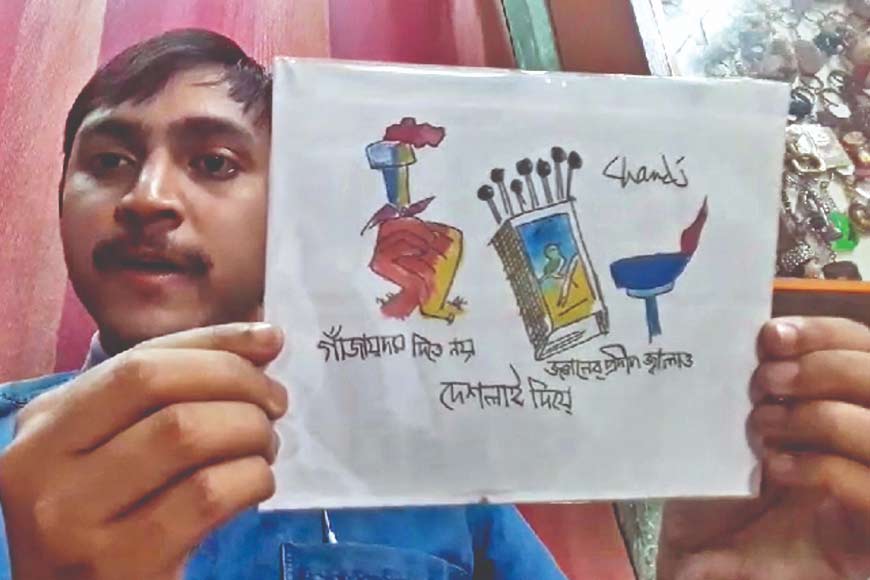
The process of printing pictures on matchboxes has changed over the years. Earlier, lithography was used to print on matchboxes after which zinc blocks were used, as a result of which the quality of pictures was really good. These practices were replaced by the offset process. The matchboxes are printed by computer artworks now. At first only one colour was used for printing, then two, now a number of different colours are used on them. Some matchboxes also have glow in the dark feature which helps in finding those in dark rooms. Matchboxes became a medium of advertisement. Srijan has a matchbox on which there is a picture of an ambassador car. Sports images, mascots, the fall of Skylab, famous movie characters like Mother India, Coolie, and Chaplin are also available in Srijan’s collection.
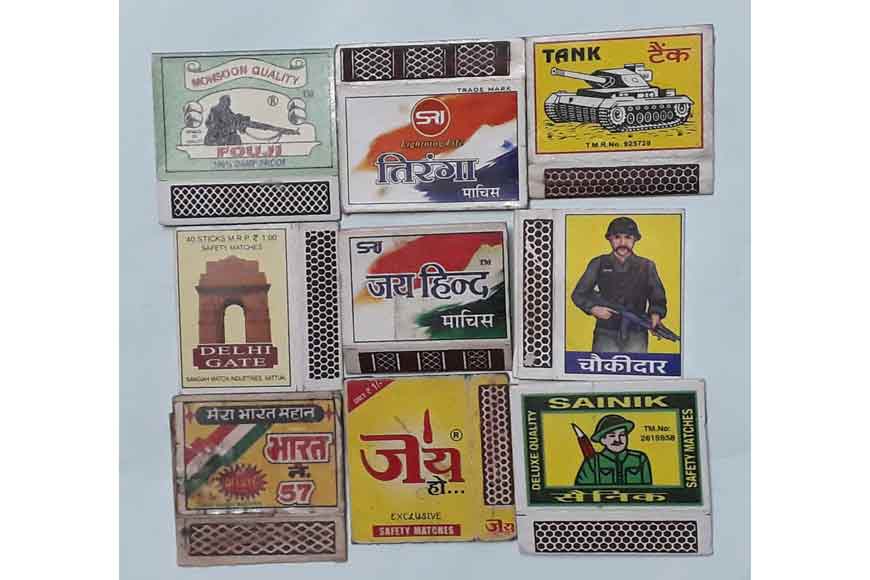
Srijan has also given direction to a documentary on Nature, using matchbox labels. Named ‘saga of Life’, this documentary was nominated for the 5th National Science Film Festival, India. Srijan wishes to study further about matchboxes in the future, and help others take up this practice as a hobby. Collecting matchboxes can help depict the history of the era to which they belonged. Srijan De Sarkar is an inspiration to the youngsters who are interested in collecting matchboxes.







